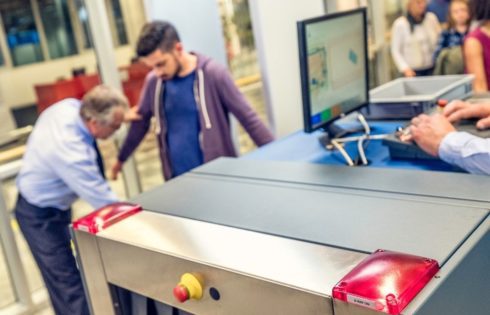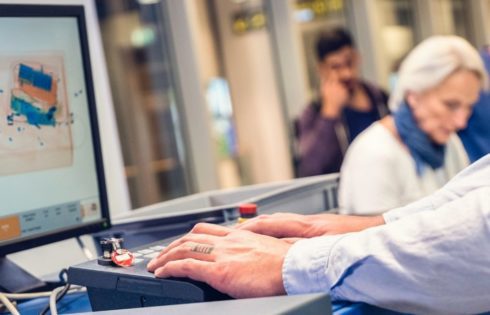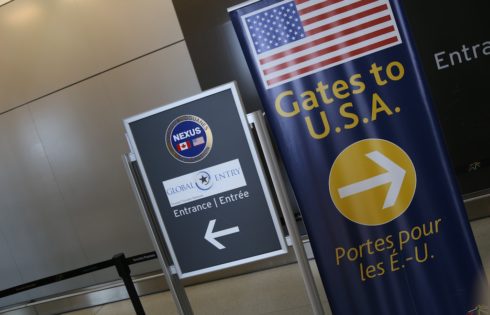
Can TSA Check Your Phone & Electronic Devices? What About CBP? [2023]
Millions of travelers store extremely private information on their cell phones and laptops these days. One worry when traveling through airports is the thought of other people getting access to


